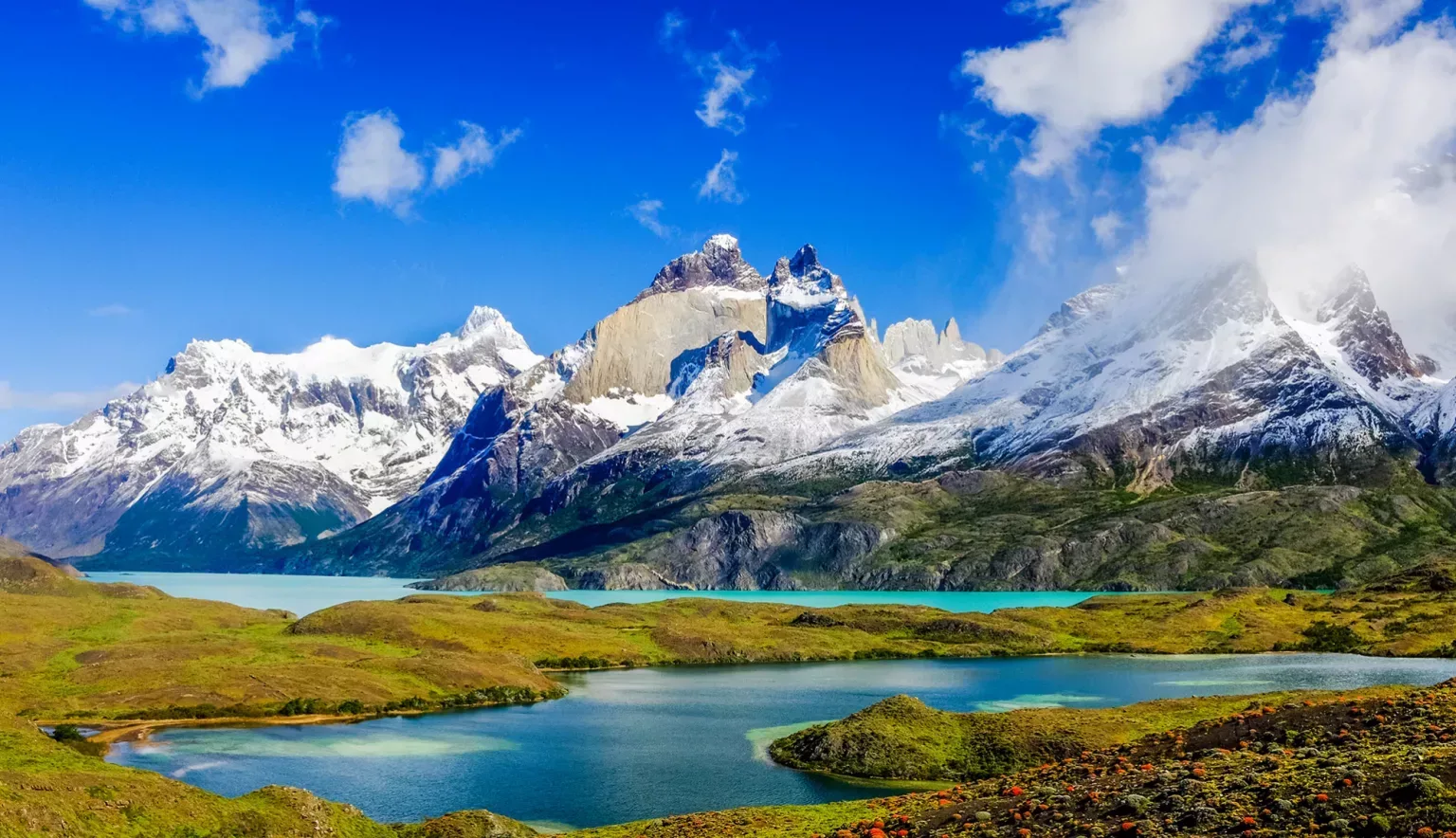In Chile, the elongated South American country, you’ll discover deserts and glaciers, remote islands and idyllic beaches as well as a captivating culture.
CHILE
A narrow, 4,270-long ribbon of land stretching from the peaks of the Andes to the fjords of Patagonia, Chile is a country of diverse, rugged beauty.
The sparse red dunes and glinting salt pans of the Atacama Desert – the Valle de la Luna, named after its lunar landscape – is particularly otherworldly. Then there’s the rugged volcanic peaks and blue glacial lakes of Torres de Paine National Park. You can even take a cruise through the ice fields at the southernmost tip of Chile, towards Antarctica. Hike, bike or go horse riding across this spectacular wilderness.
But Chile isn’t just a country for nature lovers. The capital, Santiago, is an energetic city of hillside parks and well-heeled restaurants, late-night beer halls and eccentric museums. Valparaíso is a seaside town of timeworn beauty, with an air of spontaneity that has long attracted artists and writers like Nobel-winning poet Pablo Neruda.
Those in the know will be aware that Chile is one of the world’s top wine producers. Tour its fertile valleys and terraced vineyards – visit the Leyda Valley for pinot noir and the Limari Valley for white wines and pisco brandy.
The food culture is as diverse as the landscape. Try ceviche, raw fish cured in lemon juice and served with onions, chili and coriander. Or empanadas stuffed with pino, a mixture of ground beef, onions, raisins, olives and hard-boiled eggs. Contemporary Chilean chefs are really putting the country on the map, rediscovering indigenous ingredients and marrying them with fine-dining techniques.
By turns eccentric, otherworldly and soulful, and with striking, varied landscapes, Chile is a country you won’t forget in a hurry.

TOURISM INSIGHTS: NATIONAL TOURISM SERVICE (SERNATUR)
Chile’s National Tourism Service (Sernatur) was created in 1975 with the purpose of researching, planning, monitoring, promoting and coordinating tourism activity in Chile. Over time, the country saw increasing amounts of visitors, and tourism increased in economic and social importance. Sernatur’s institutional objectives gradually began to increase – it started working on strengthening ties between public and private sectors, and establishing initiatives to allow for the deployment of tourism in Chile.
Today, the National Tourism Service is a public entity recognised for its role in promoting and disseminating the development of tourism in Chile. We caught up with Andrea Wolleter, National Director of Sernatur, to find out more about the organisation.
Q&A WITH ANDREA WOLLETER, NATIONAL DIRECTOR, SERNATUR
What are the institution’s current objectives?
Andrea Wolleter (AW): Sernatur is a public entity responsible for promoting and disseminating the development of tourism in Chile. Our main strategic objectives are to execute programmes based on the National Tourism Strategy, fostering the sustainable development of tourism activities, encouraging the industry’s specialisation, diversification, quality and competitiveness and promoting national tourism destinations and attractions.
How do you protect and promote the country’s wildlife areas?
AW: Our work is focused primarily on sustainability as a guiding force, from the perspective of public policies and promoting the development of new tourist destinations, products and services.
Tourism development in national parks and other protected wildlife areas in Chile has a high potential for growth, with 78 percent of international tourists choosing to visit our country because of its nature.
Our protected wildlife areas represent an enormous diversity of landscapes, history and species throughout the country. The natural heritage protected by these areas is considered to be of great importance by the government, which has proven its commitment to sustainable tourism development in both national parks and protected wildlife areas by investing significantly in public infrastructure and special resources for tourism service providers, as well as allocating funds to promote these destinations.
We have also forged closer alliances with other public entities like the National Forest Corporation (Conaf) and the Ministries of National Assets and the Environment. Together we coordinate action plans that highlight and improve management and infrastructure in protected wildlife areas, expanding tourism offerings and diversifying experiences offered for Chilean and foreign tourists.
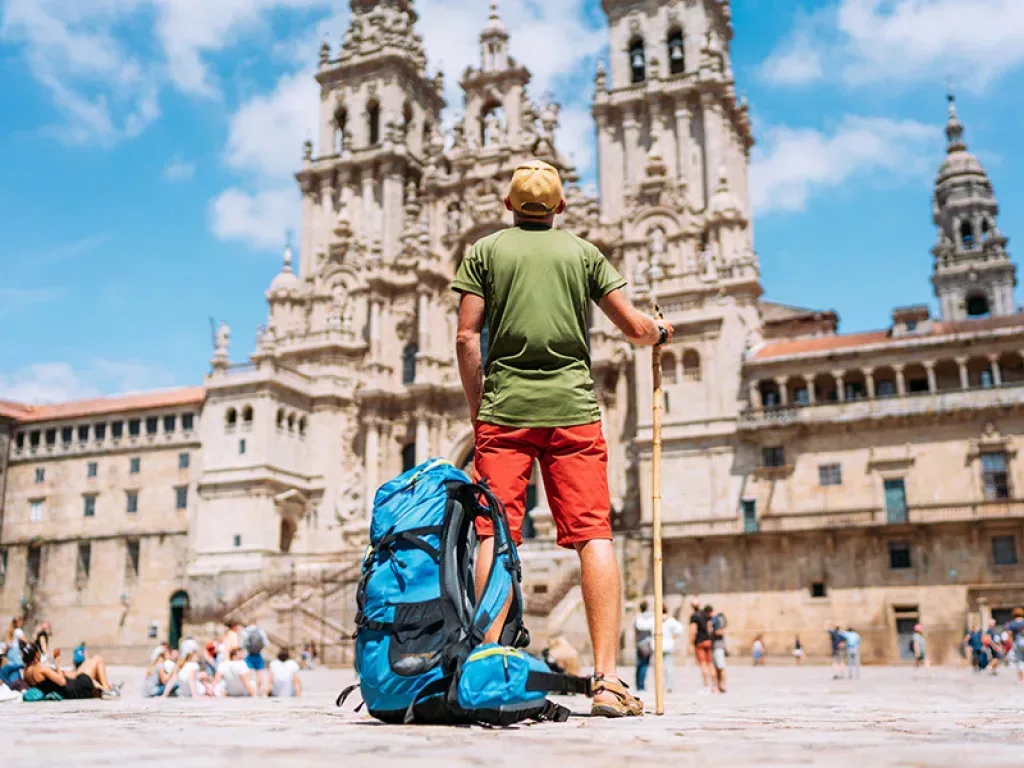
Are you working on any interesting projects you want to tell us about?
AW: In recent years, Chile has been working hard to ensure a tourism offer that is distinctive, inclusive, sophisticated and developed under sustainability criteria according to the category assigned to the country, both in terms of the number of tourists that arrive each year and the distinctions it has received at the global level.
We have also been promoting national tourism destinations and attractions both inside and outside the country, to contribute to Chile’s economic, social and cultural development through government policies and programmes.
We recently launched the international campaigns, “Chile, Where the Impossible is Possible”, and “Welcome to Adventure Tourism”, which will be deployed in strategic markets to promote the country as a must-see destination thanks to its unique landscapes and the diversity of tourism experiences it offers, and as the best venue for adventure sports in the world. At the national level, we have an active campaign “Choose Chile”, to encourage Chileans to travel domestically.
Why should people visit Chile?
AW: Because of the large diversity of experiences available for all types of travellers. We have beautiful desert valleys and high plateaus in the north, thousand-year-old glaciers in the southernmost places on earth, stunning forests and lakes nestled at the foot of magnificent volcanoes, islands full of legends, and many more attractions to be discovered in every corner of the country.
What really captures tourists’ attention are the contrasts. Our visitors are amazed by such an incredible diversity offered by a single country. We have the driest desert in the world, Patagonia and Antarctica, and we produce exceptional wines whose terroir can be toured by visitors. In central Chile, you can ski in the morning and enjoy the coast in the afternoon.
And what really stands out is its adventure tourism offer – Chile has been recognised numerous times and by different media outlets. For those who love nature and adventure tourism, our country offers a variety of options from the north to the south.
Our country also offers a wide range of tourism experiences, including astro-tourism in the north, wine tourism in central Chile, indigenous tourism throughout the country, as well as nature, culture and gastronomy.
With respect to your designation as the Leading Adventure Tourism Destination in South America during the last few World Travel Awards, what adventures does Chile offer?
AW: Chile is not only the Leading Adventure Tourism Destination in South America, a distinction we have been given during the past five consecutive years by the World Travel Awards, but we are also currently the Leading Adventure Tourism Destination in the World, a title we have achieved for four years in a row, and this fills us with a deep sense of pride.
The country offers more than 4,000 kilometres of coastline, mountains over 6,000 metres high, the driest desert in the world in the north of Chile, rushing rivers to the south, and over a hundred protected wildlife areas including national parks, reserves and monuments, making Chile a truly unique country.
Adventure tourism is on the rise and mobilises millions of people around the world. Nearly 30 percent of foreigners who have visited Chile state that they have participated in some kind of adventure activity.
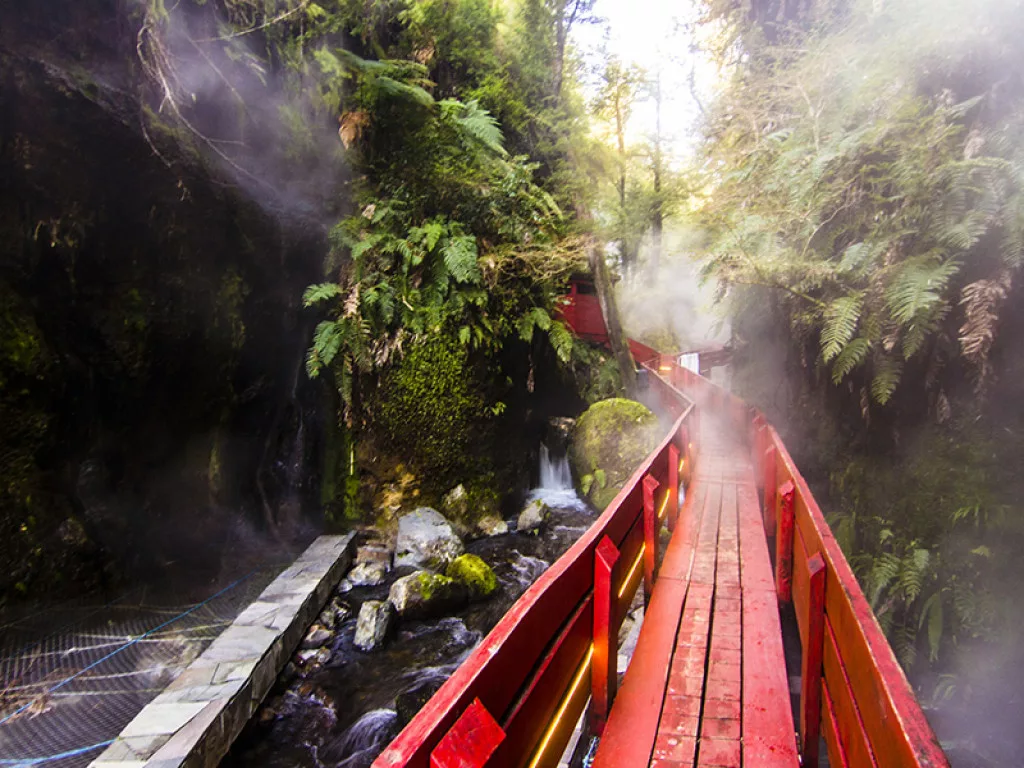
What trends do you see transforming tourism in Chile? And how are you leveraging them?
AW: Our promotion strategy is aligned with global trends that demand transformative and authentic experiences. We believe that Chile offers the chance to experience a bespoke trip while truly connecting with unique landscapes and the charm of our people. We are the perfect destination for an enjoyable vacation.
Another trend we have witnessed is that current tourists demand that the entire offer be digitalised. If we consider the growing interest in our country around the world, this is extremely relevant. We are making efforts to work with the industry so that both hotels and the market in general are prepared to receive these modern, connected tourists.
Increasing numbers of tourists are seeking out unique experiences that offer greater contact with the community, enabling them to try local foods and learn about their customs. In recent years, we have seen an increasing preference for sustainable products and services, alongside authentic Chilean experiences. Travellers around the world are willing to pay for services that are developed under sustainability criteria. This option increased from 45 percent in 2011 to 55 percent in 2014, and we expect that this figure has continued to rise since then.
As a response to this interest, over 145 lodging and tourism operator services in Chile have obtained the S Seal, a distinction that identifies tourism companies that meet the global sustainability criteria established by the World Tourism Organization.
In more general terms, the promotion of innovation, quality and sophistication in our different products is a strategy aimed at increasing our competitiveness. Likewise, strengthening company and human capital capacities for better management and quality of services is part of the actions we are also promoting to attract more tourists.
What challenges does the Chilean tourism industry face?
AW: President Sebastián Piñera’s administration has proposed a response to the challenges faced in the ever-changing and defiant current scenario, which requires us to have a strategy to meet consumer demands and respond to market dynamism.
Our priority has been focussed on advancing in terms of innovation and digitalisation of the tourism offer, and for this, we have designed a strategy to respond to the new demands of consumers who have moved more towards digital spaces. This new digital traveller requires both the public and private sector to quickly adopt the tools offered by new technologies.
We want to use technology to modernise our tourist information offices and adopt the use of big data for decision-making. We also plan on activating regional public-private work groups to improve our coordinated and associated work throughout the country.
For these reasons, we have incorporated a new innovation and technology pillar within the National Tourism Strategy as a key element to drive and promote the digitalisation of tourism in Chile.
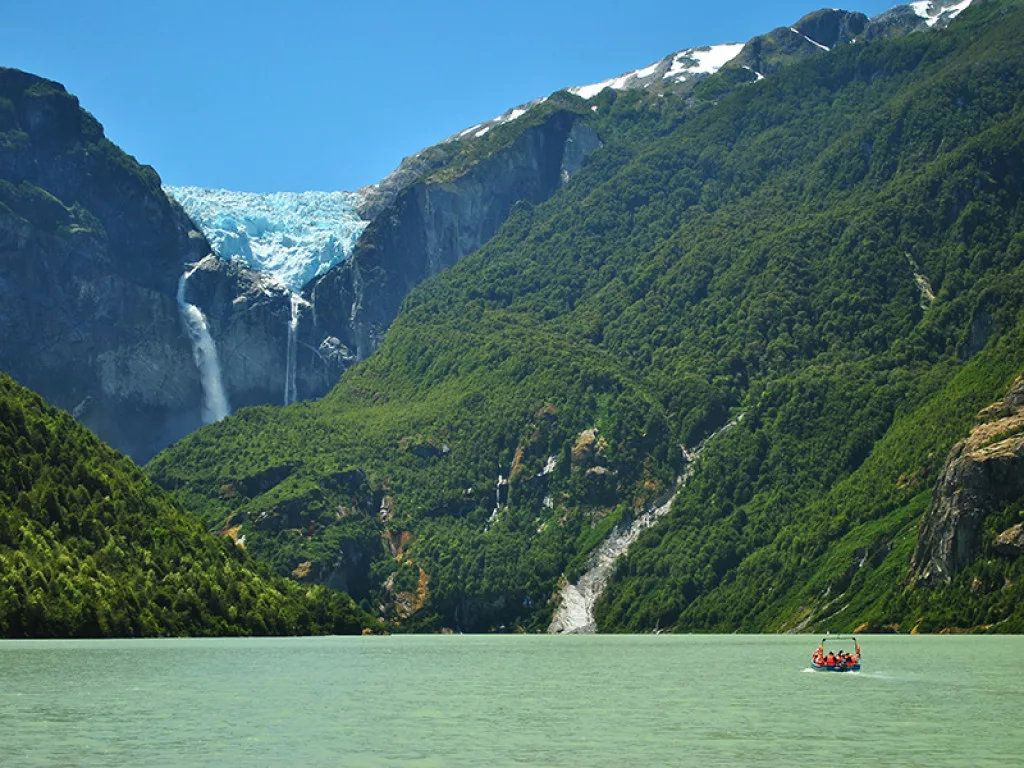
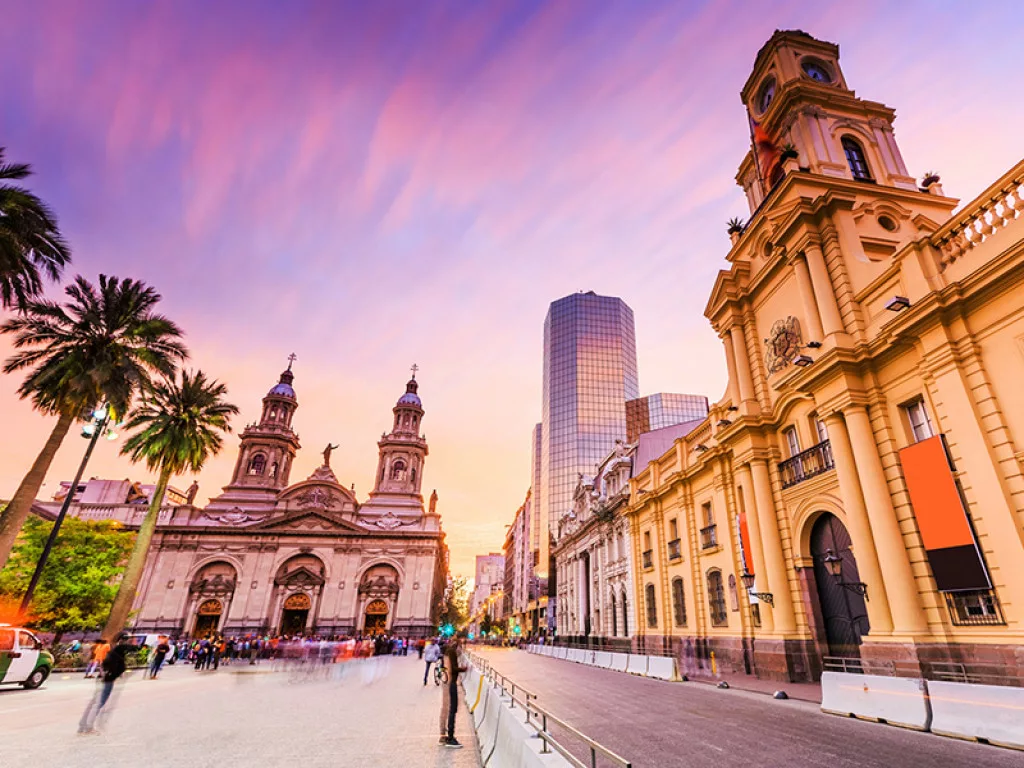
OUTLOOK RECOMMENDS
Sleep:
For an urban experience with a British vintage twist…
NH Collection Santiago Casacostanera
For a five-star hotel near Santiago’s ski slopes…
Hotel Pettra Santiago is a five-star hotel located in Santiago’s exclusive La Dehesaneighbourhood, 40-minutes’ drive from ski resorts in the Andes mountains, such as La Parva. It offers modern rooms decorated in a monochromatic palette, an outdoor pool and lavish spa. Malakita Restaurant serves fine dining Mediterranean fare.
Eat:
For soulful, rustic Chilean cuisine…
For innovative takes on indigenous ingredients…
Do:
For desert thrills…
For sea kayaking in Patagonian Fjords…
SANTIAGO IN FOCUS
Encircled by mountains and bursting at the seams with unique cultural attractions, Chile’s capital is an essential stop on the South American itinerary. Stay here for a week and you’ll barely scratch the surface of what’s on offer.
For a start, Santiago has some gripping museums. Museo de la Memoria y los DerechosHumanos is a carefully curated museum exposing the human rights violations and ‘disappearances’ that occurred under Chile’s brutal military government from 1973 to 1990. Meanwhile, Museo Chileno de Arte Precolombino showcases cultural exhibits from pre-Columbian cultures. These include early Andean textiles, Mayan stone columns and vomit spatulas used by Amazonians to empty their stomachs before ingesting psychoactive substances. Another intriguing cultural offering is La Chascona, one of Pablo Neruda’s three houses – as he was fascinated by the ocean the dining room was built to resemble a ship’s cabin.
Santiago is an enjoyable city to explore. Barrio Bellavista is the city’s bohemian quarter. The walls of the buildings are splashed with colourful street art, and the pavements lined with café chairs and tables. There’s a different quirky boutique or art gallery around each corner. Meanwhile, Providencia and Las Condes are the city’s most upmarket neighbourhoods, offering plenty of luxury hotel options.
LANDMARK ATTRACTIONS
Easter Island
Although this remote island is a Chilean territory, it’s actually located in Polynesia, in the South Pacific. The island is most well-known for its hundreds of moai, stone statues of human figures with oversized heads.
Death Valley National Park
Death Valley is in the Atacama Desert. It’s an area of towering red sand dunes and waterless ravines, extinct volcanic craters and desert oases. More intrepid travellers visit here to try out sand-boarding down the dunes.
Parque Nacional Torres del Paine
The granite pillars of the Torres del Paine rise almost 2,000 metres above the Patagonian landscape. This national park offers some of the best panoramas in Chile, of rugged mountains towering over brilliant blue lakes. You can even hike across a glacier here, or kayak right up to the icebergs bobbing in Grey Lake
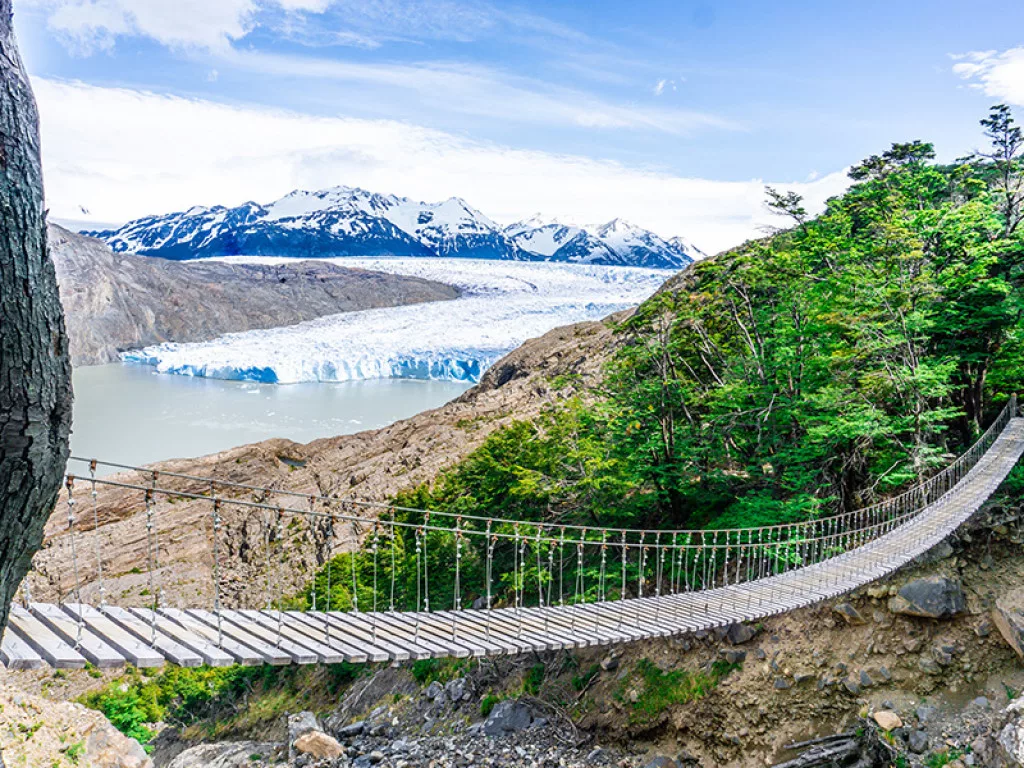
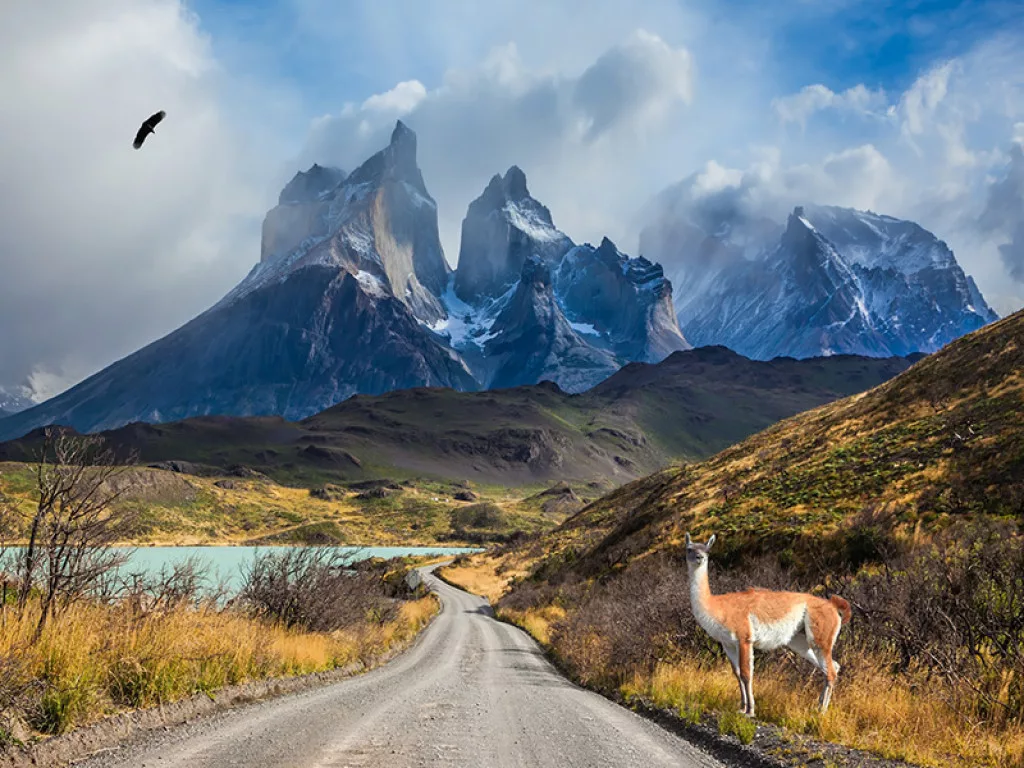
GETTING THERE AND AROUND
Santiago Airport (also known as Comodoro Arturo Merino Benítez International Airport) is the busiest in Chile, and the gateway into the country for most international travellers. It offers flights to 62 destinations in 20 countries across Oceania, Asia, America and Europe. This includes 16 domestic routes. The most popular destination is Puerto de Montt – a gateway to the Andes and the Patagonian fords – to which there are 545 flights per month.
The easiest way to get around the country is by flying. LATAM is a popular Chilean airline that offers weekly deals. However, those with more time to explore can take advantage of the country’s economic and reliable network of long-distance buses. Hiring a car or motorcycle will enable you to visit more off-the-beaten-track locations. The Pan-American highway (which runs the length of the country) is in good condition, but smaller roads are sometimes unpaved.
There are plenty of transport options for travelling shorter distances or within cities. Take a colectivo – a minibus taxi running on a fixed route like a bus – or a metered taxi. Both Santiago and Valparaiso have commuter rail systems, and the former has an efficient metro.


